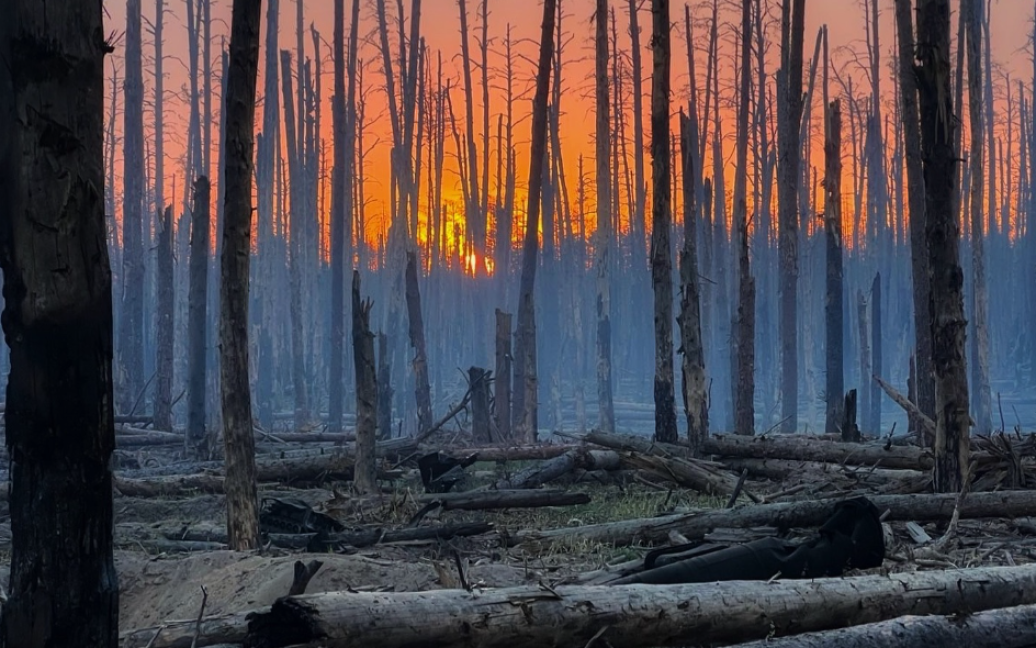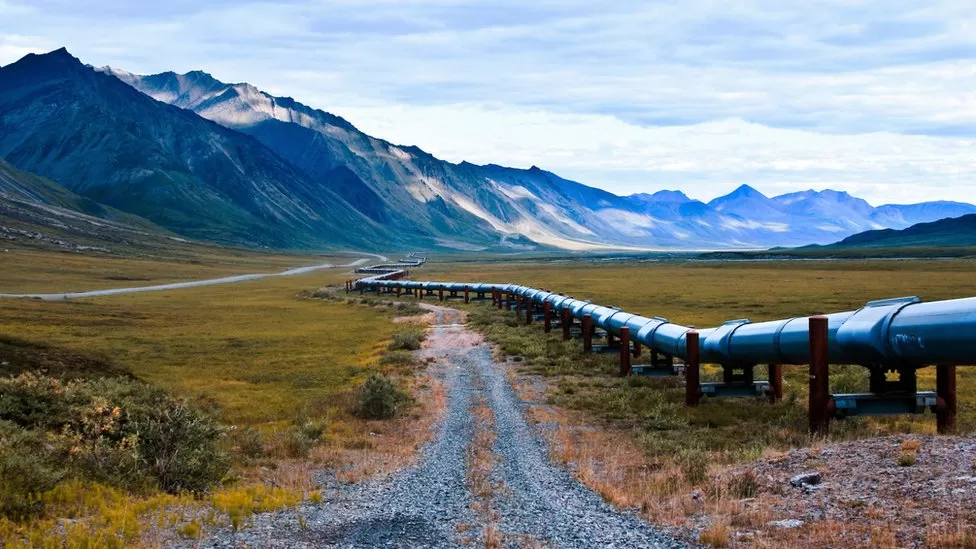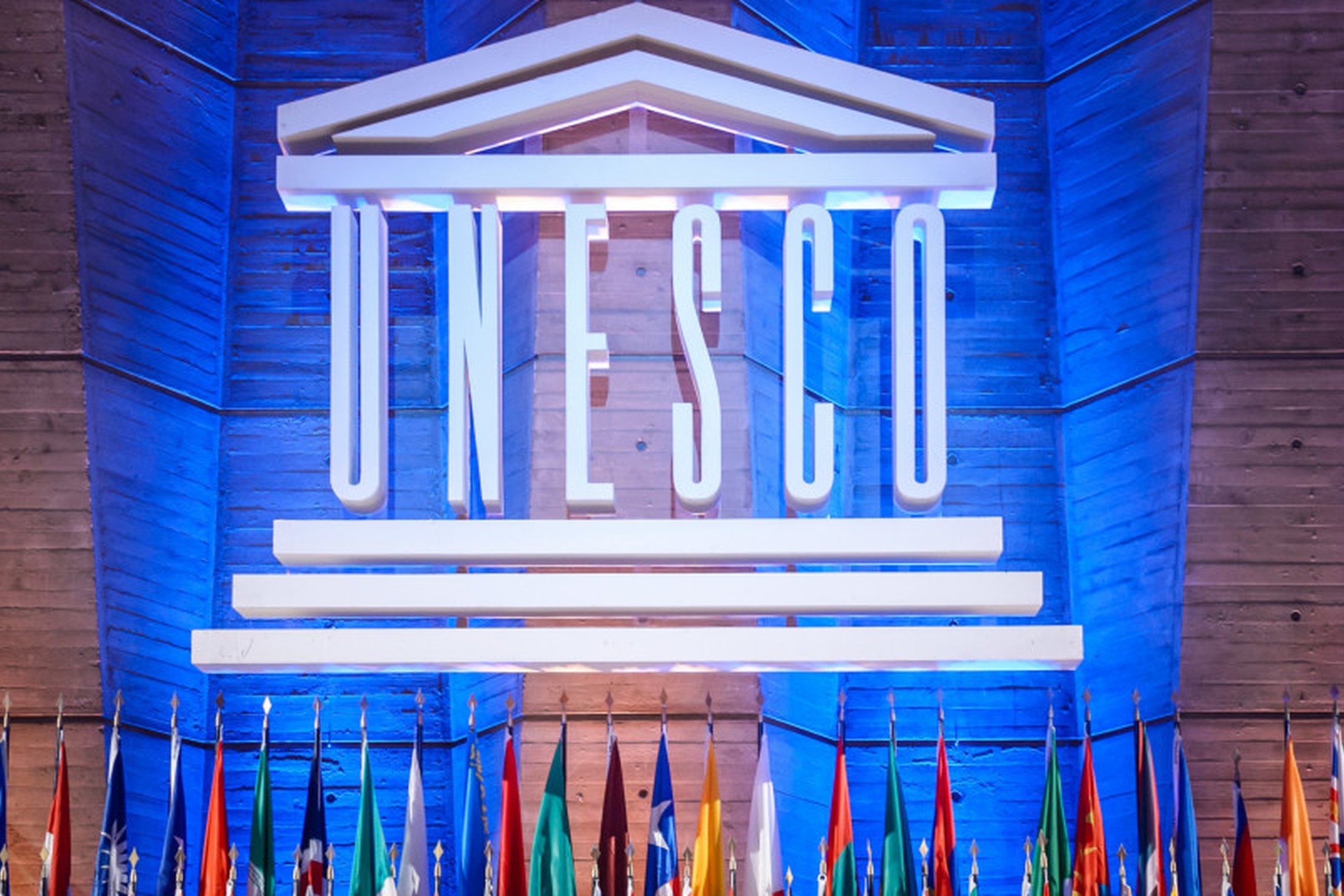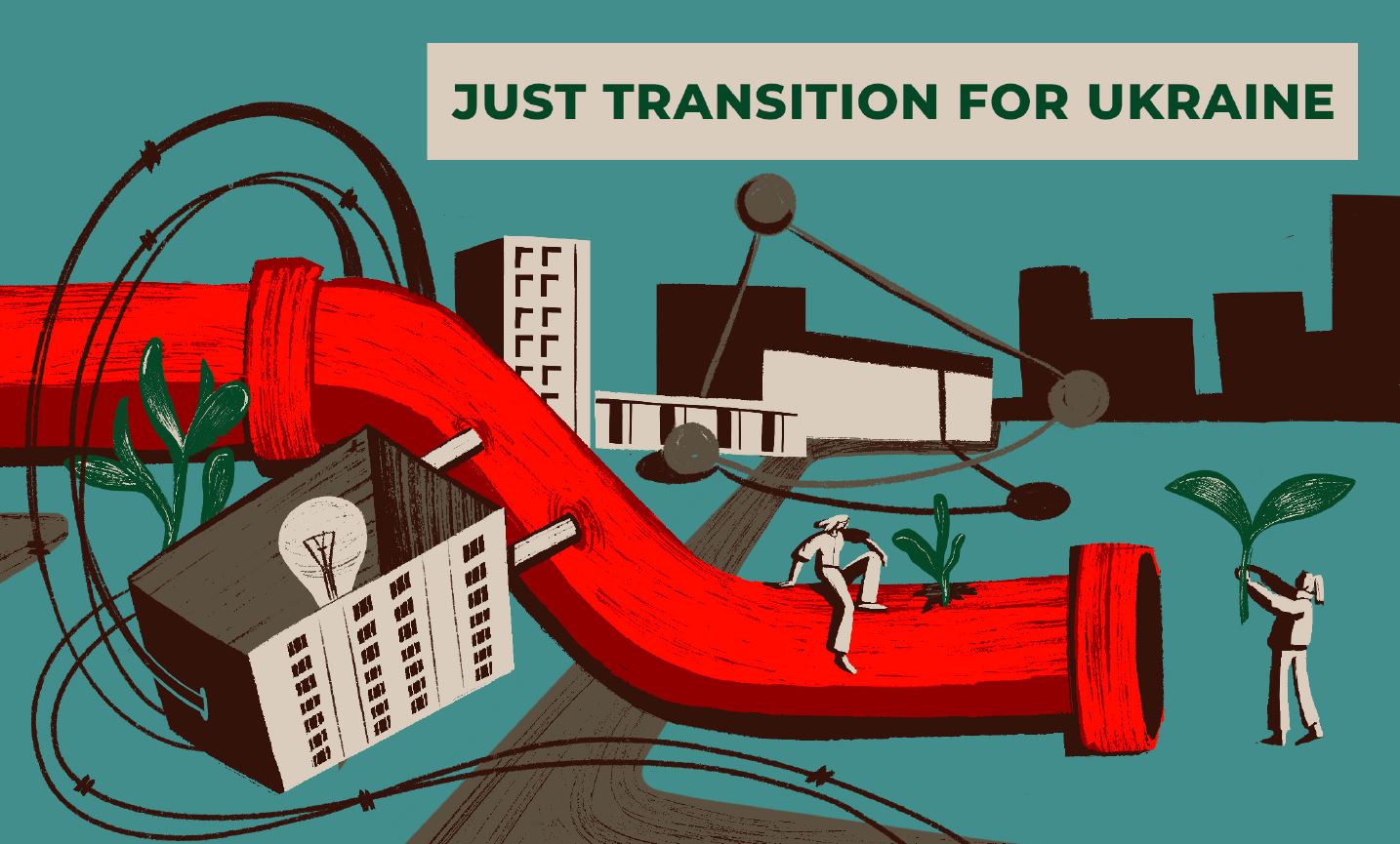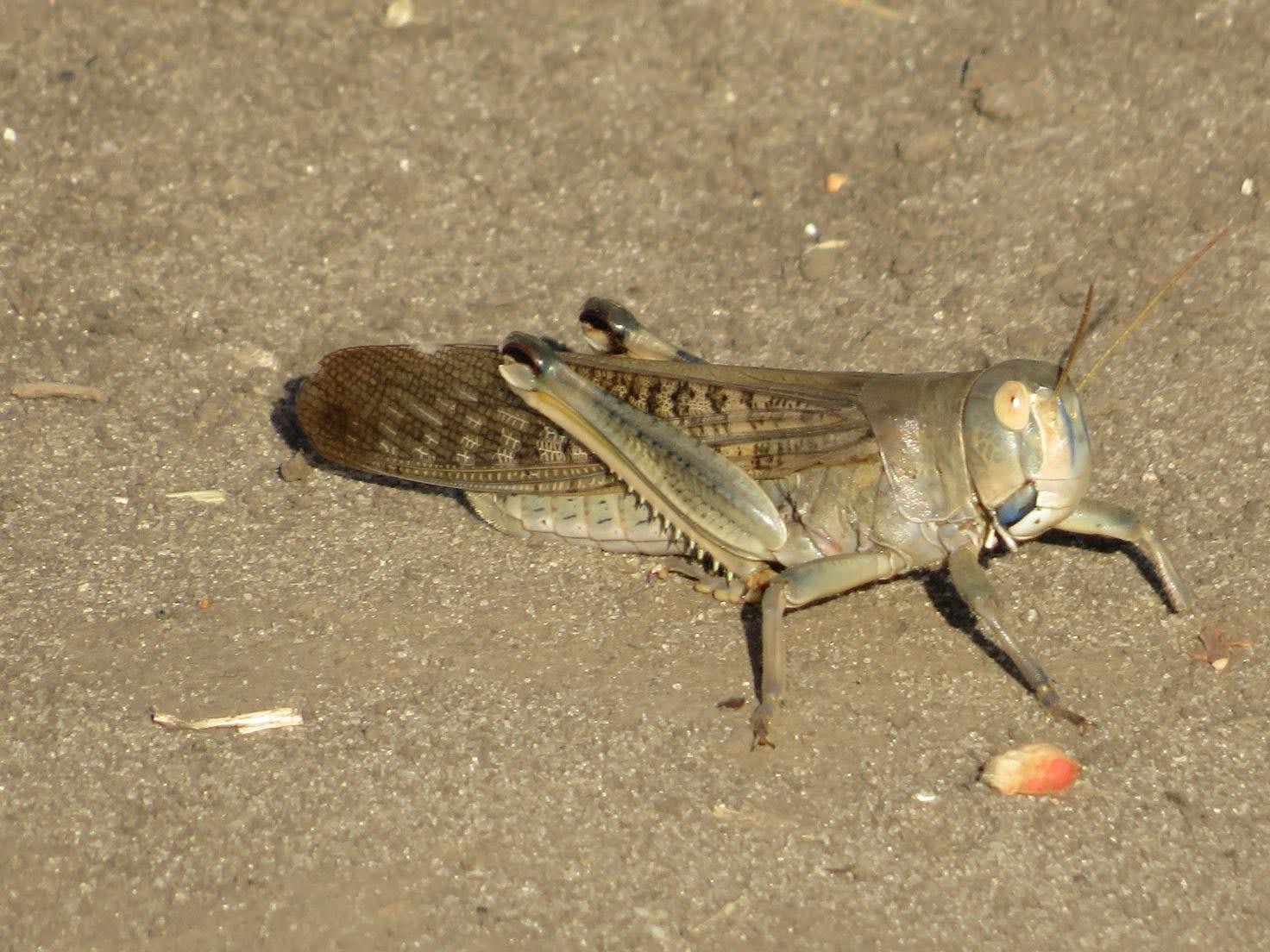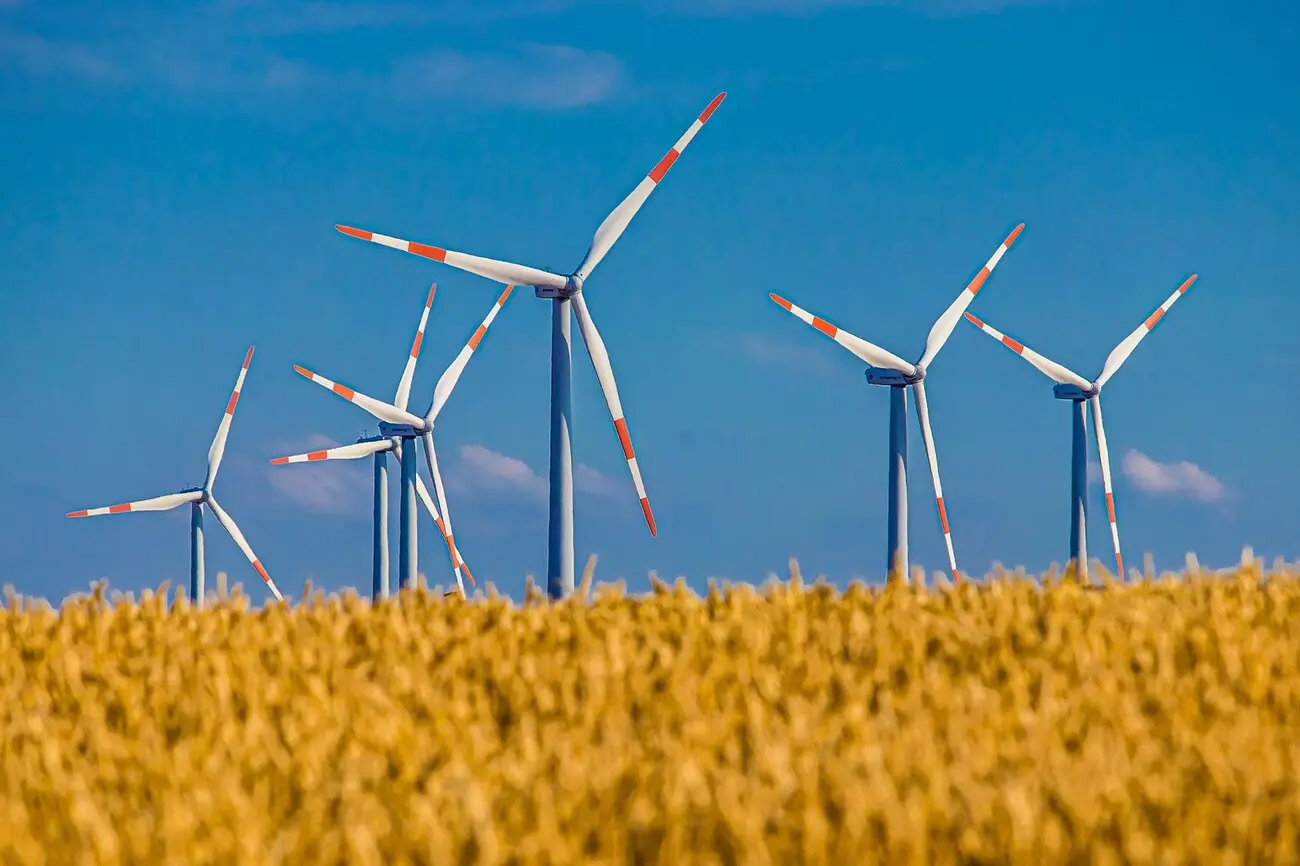Viktoria Hubareva
Environmentalists argue that Ukraine is moving too slowly toward fulfilling the terms of its European Union Association Agreement, according to which the country must confer protections on 15% of its territory by 2030. Even in wartime, it is possible to begin to fulfill these obligations, a process that facilitates restoration of the nation’s biological diversity, the health of which has suffered a significant blow during hostilities.
What is happening in Ukraine’s protected areas in wartime?
Since 24 February 2022, approximately 812 protected areas (PAs) totaling almost one million hectares in size have been in the active combat zone or under occupation. Among them are biosphere reserves Askania-Nova, Black Sea, Ukrainian Steppe, Luhansk Nature Reserve, and many others.
Read more:
- Wartime challenges for Ukraine’s protected areas
- Protected areas and war: two years of humanitarian aid
Some protected areas have been liberated, but are faced with colossal consequences as a result of the war. For example, approximately 24,000 ha of forest were destroyed in Chornobyl Reserve alone. In Donetsk Oblast, 80% of Sviati Hory National Park was destroyed. Shelling and fires inflicted significant damage on many protected areas including National Parks Biloberezhia Sviatoslava, where more than 6,000 ha burned, and Nyzhnodniprovskyy, which was completely flooded after the terrorist attack at Kakhovka Hydropower Plant.

While their protected status has not disappeared, biodiversity in PAs has suffered significantly. Moreover, not only military actions lead to the destruction of nature, there are also many cases of negative impacts for protected areas associated with economic activities, pollution of water bodies with agrochemicals, agricultural plowing, and illegal logging. The list is endless.
Some PAs within the border zone will be completely eliminated
In February 2023, the Ukrainian Parliament adopted Law 2952-IX, according to which the country’s border zone with both Russia and Belarus will be expanded from a few tens of meters to a width of two kilometers. In other words, these lands were withdrawn from protected areas and transferred to Ukraine’s State Border Service.
Read more:
The purpose of the law, as explained by the document’s authors in an explanatory note, is to create defensive infrastructure and a minefield along those borders. The process of fortifying the border area is proceeding slowly. Despite this, some community associations (as primary land users) are already disagreeing with proposals by environmental activists to convert their lands to protected areas if they are located on the border. Ukrainian Nature Conservation Group (UNCG) executive director and UWEC Work Group expert Oleksiy Vasyliuk, commented on one such case:
“We were going to create a protected area in a community in Sumy Oblast that shares a border with the Russian Federation. However, the community responded that it does not agree to protecting the lands since it is in a border zone and all protected areas within that zone have already been liquidated,” comments Vasyliuk.
Activists have repeatedly pointed out the ineffectiveness of such a defensive measure: “Almost all areas bordering Russia and Belarus in northern Ukraine are forests and impenetrable swamps, both of which represent insurmountable obstacles to the passage of military equipment. Preserving areas in a natural wetland state is the best preventative against a future large-scale reinvasion,” UNCG warned in 2022, when the law was still a bill.
Vasyliuk added that eliminating these protections can not only make lands more accessible to the military, but can also harm wildlife. While minefields may not be noticeable for small fauna, its presence can have deadly consequences for large mammals.
Read more:
Creating more PAs by 2030 and the actual state of affairs
In May 2020, the European Commission presented perhaps the most ambitious environmental conservation document in European history — the “European Union Biodiversity Strategy 2030: Bringing Nature Back into Our Lives”. The Strategy contains specific commitments and actions to be implemented throughout the EU by 2030.
Its most ambitious goals include:
- 30% of land and 30% of marine areas should receive protected status;
- 10% of agricultural lands should no longer be cultivated and their natural ecosystems should be restored;
- 50% reduction in pesticide use; and
- 25,000 kilometers of rivers should be restored to free-flowing condition.
Due to the ongoing war and Russian occupation, Ukraine cannot meet the 30% requirement contained in the Biodiversity Strategy, and European partners understand this. At the same time, the country has other obligations under the Ukraine-EU Association Agreement, signed in 2014.
The Association Agreement became the basis for the State Strategy for Sustainable Development, which states that by 2030 Ukraine should protect 15% of the country’s total area. The country has room to improve in this category. Today, Ukraine has reached less than half of that goal. At present, protected areas account for only 6.7% of the country’s total area instead of the 15% required by 2030.
Despite the war, the process of converting lands to protected areas has not stopped, but the pace of protected area creation is significantly lower than that which is required to achieve the 2030 goal. For example, in 2022, only 0.085% of Ukraine’s entire territory was added to protected areas, and in 2023 that number was just 0.02%. Over two years of war, only 0.1% of Ukraine’s territory received protection.
At the same time, UNCG environmentalists calculate that the rate of environmental destruction stemming from the war significantly exceeds the rate of its conservation. For example, burned forests in the Chernobyl Reserve alone are almost twice the area protected in 2023.
What’s the solution?
Considering lands damaged after the Russian terrorist attack – in particular the explosion of the dam at Kakhovka hydropower plant – restoration of Velikiy Luh watershed is a good example of a potential solution. At present, Ukraine’s Zaporizhzhia Oblast already contains a national park with the same name, and ,prior to the war, plans were afoot to expand the park to include territories on Kakhovka Reservoir’s eastern side.
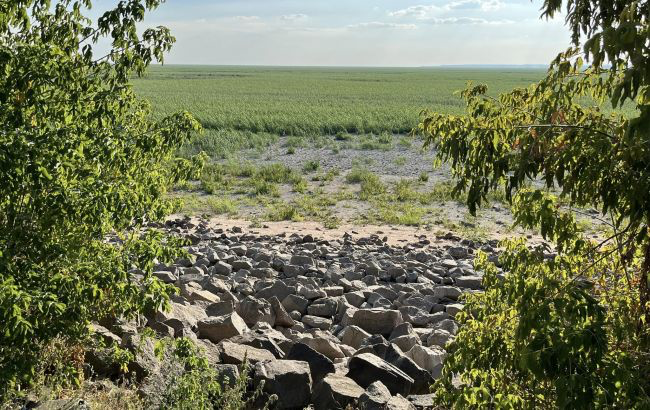
Velyky Luh (Eng., ‘Great Meadow’) is one of Ukraine’s most important natural and historical landscapes. The site was flooded during the creation of Kakhovka Reservoir more than 70 years ago. This area was once home to a Cossack state, and as a result many historical Zaporizhzhyy Sich sites rested beneath the reservoir’s waters. Prior to its flooding, the area also contained numerous rare plant and animal species.
Velyky Luh was lost to nature, science, and Ukrainian identity for 70 years, but today there is an opportunity to influence the government’s premature decision to rebuild Kakhovka Hydropower Plant-2, an act that could render restoration of the Great Meadow impossible.
Read more:
UNCG environmentalists are convinced that restoration of Velyky Luh is not only timely and environmentally-justified, but has the additional potential to serve as worthy compensation for lost wildlife during the full-scale war.
The solution, however, is not limited to restoring Velyky Luh.
UNCG expertise also resulted in the creation of a series of protected areas in 2023, including Katalinski Refuge, Sukhobalkivsky Refuge, and Balka Zarubyna Refuge in Mykolaiv Oblast and Oblapska Linden Natural Monument in Volyn.
“Our initiative resulted in conservation of 4,688 ha of lands in protected areas, an area equal to one-third of all new lands receiving protection during the previous year. That said, this is an insignificant amount relative to what could have been created,” a UNCG representative noted.
Although some lands awaiting conversion to protected areas are under temporary occupation, this is not a legal obstacle to awarding them protection. For example, two years ago, the Ministry of the Environment was preparing decrees to expand in Dzharylgatskyi National Park in Kherson Oblast, Dvurechenskyi National Park in Kharkiv Oblast, Velyky Luh in Zaporizhzhia Oblast, Vyzhnytskyi in Chernivtsi Oblast, and even Charivna Gavan (Eng. ‘Magic Harbor’) National Park in Crimea (occupied since 2014). Other natural landscapes await protected status, including Nivetskiy Refuge near Kyiv, a significant number of planned refuges in Mykolaiv Oblast, Berezanska National Park, and many others.
It is encouraging, however, that the process of creating more protected areas has not come to a complete halt during the war. For example, in November 2023 the Ministry of the Environment approved the expansion of Biloberezhia Sviatoslava National Park to include an area known historically as Olviyska Hora. And in March 2024, state-owned enterprise Lesa Ukrainy (Eng., “Forests of Ukraine”), the land user in all Ukrainian forests, supported the creation of Arshitsa Refuge in the Carpathian Mountains.
These moves give hope that despite the war that has been going on in Ukraine for over a decade, the country will slowly move toward achieving European goals for biodiversity conservation.
Translated by Jennifer Castner
Main image: Serebryansky Refuge, a regional protected area in Luhansk Oblast, March 2024. Photo source: Ukraine National Guard

